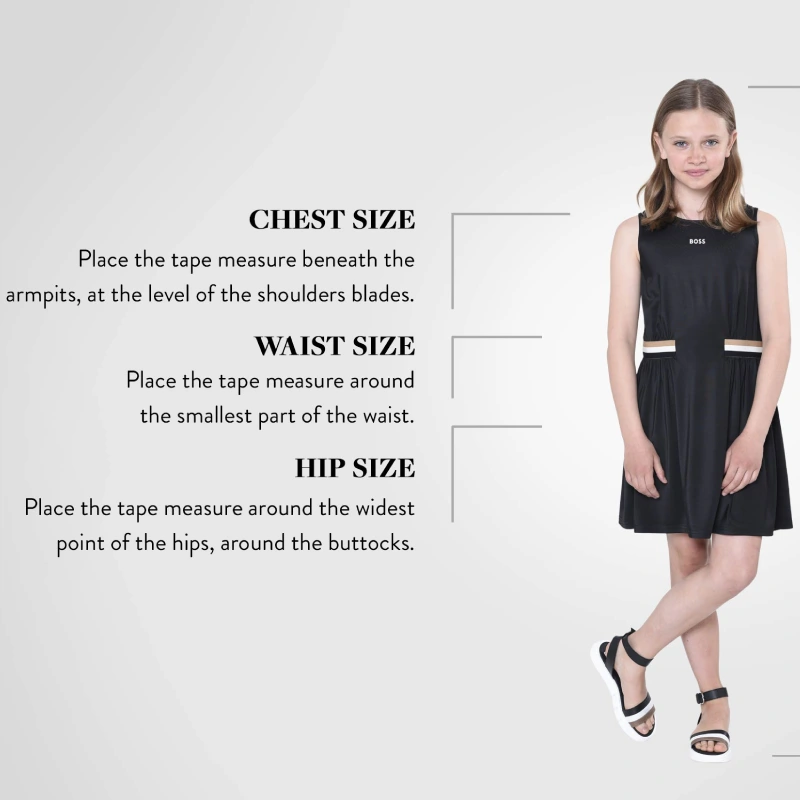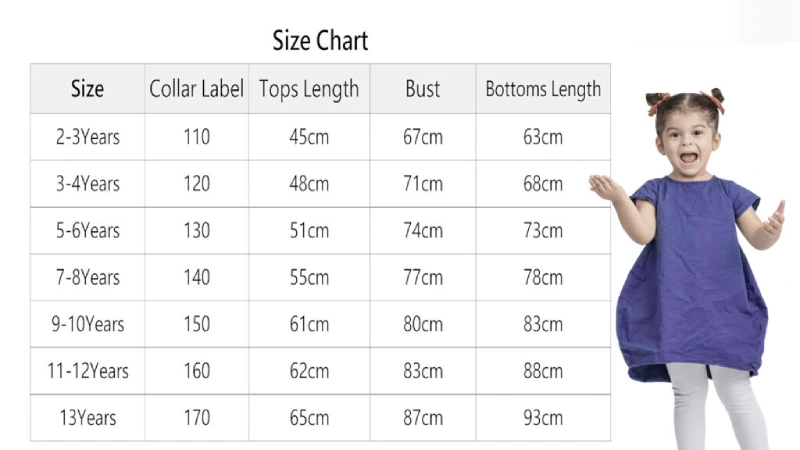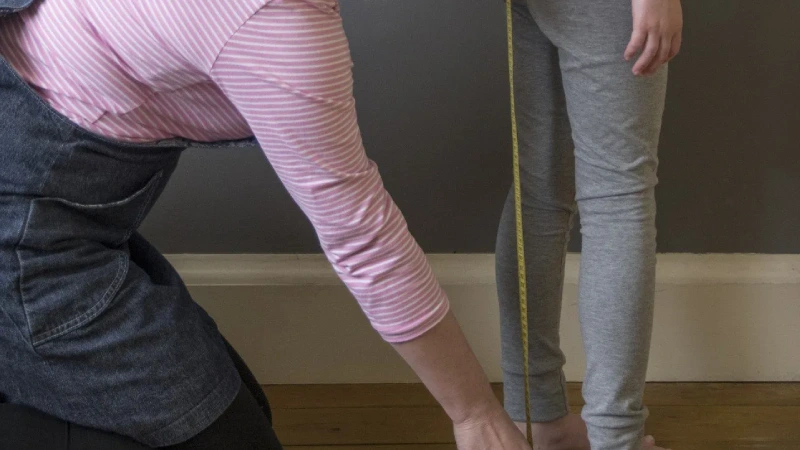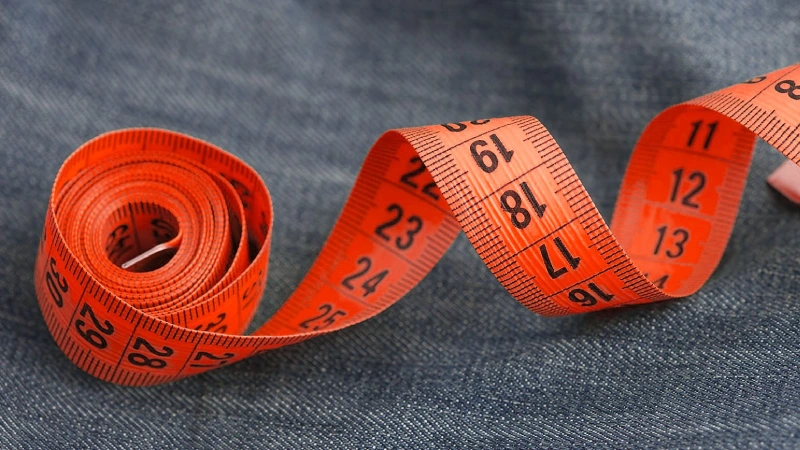If you’re a parent asking, “What size is 160 in kids clothes?”—you’re not alone. This question comes up almost daily from our customers, and we get it. Children grow fast. Sizes change faster. And let’s be real: even we, as a kids clothes manufacturer, sometimes have to double-check the size charts. That’s why we’ve written this no-fluff, practical guide.
We want to help you, the parent or guardian, feel confident choosing the right clothes. Whether you’re shopping online, ordering school uniforms, or buying that holiday outfit, understanding what size 160 actually means can save you time, money, and a whole lot of frustration.
We’ll walk you through everything—from size charts to measurement hacks—and speak from experience on how we, as manufacturers, develop and test these sizes to make sure they actually work for real kids.

What is Size 160 Means
Let’s start with the basics.
Size 160 in kids’ clothing usually refers to a child who is approximately 160 centimeters tall. That’s about 5 feet 3 inches.
Now here’s the tricky part: “Size 160” doesn’t automatically mean the child is 13 or 14 years old. Age can help, but it’s just a rough guide. We’ve met 11-year-olds who wear size 160 and 14-year-olds who still fit comfortably into a size 150, depending on their growth pattern.
So what’s the best indicator? Height. Always.
Here’s how it typically breaks down:
| Size | Height (cm) | Estimated Age | US Equivalent | Fit Notes |
|---|---|---|---|---|
| 160 | 157–162 cm | 12–14 years | 14–16 (Youth XL) | Often overlaps with teen sizes |
So if your child is nearing 160 cm tall (or already hit that mark), size 160 is likely the best fit to start with.
What Size is 160 in Kids Clothes: Global Sizing Standards

We manufacture for markets all over the world, so trust us when we say: sizing isn’t universal.
- US sizes are often age-based, but don’t account for height or body type.
- European sizes (like ours) tend to be height-based, which offers better consistency.
- Asian sizes run smaller on average, so size 160 in China might feel more like a size 14 in the US or size 152 in the EU.
If you’re buying or selling globally, always check the chart.
Here’s a quick cheat sheet:
| Region | Label | Approx Height (cm) | US Equivalent |
|---|---|---|---|
| EU | 160 | 157–162 cm | 14–16 (Youth XL) |
| US | Youth XL / 14 | 155–162 cm | 14–16 |
| Asia | 160 (Asian Fit) | 150–160 cm | 12–14 |
How We Define Size 160 (as Manufacturers)

At our(friendtex) manufacturing facility, developing size 160 is not just plugging numbers into a chart.
We take a multi-step process:
- Body Measurement Studies: We use actual measurement data from thousands of children aged 12–14.
- Fitting Trials: Our garments are worn and tested by real kids from various regions and ethnic backgrounds.
- Feedback Sessions: We collect parent and child input on comfort, fit, and style flexibility.
- Material Adjustment: We account for fabric stretch and shrinkage in the final grading.
That’s how we make sure your child isn’t swimming in the shirt—or squeezing into pants that should’ve fit based on the tag.
Who Typically Wears Size 160 in Kids Clothes?
From a manufacturer’s standpoint, size 160 is often used for pre-teens and early teenagers. Based on the thousands of orders we process and the data we’ve gathered through fit testing, size 160 most commonly fits:
- Kids aged 12 to 14 years
- Heights between 157–162 cm (5’2″ to 5’4″)
- Weights ranging from 40–55 kg (88–121 lbs)
But here’s where it gets interesting—not all 160s are built the same.
Some kids may have:
- Longer legs and a shorter torso
- Broader shoulders
- Slim hips but strong thighs (especially active kids)
So although height is the first indicator, body proportions matter just as much.
We frequently design different fits within size 160, like:
- Regular fit
- Slim fit
- Relaxed or athletic fit
This helps parents choose what’s best for their child’s body shape, not just their height.
Size 160 Conversion Chart
We understand how confusing it can be when you see “160” on the label, but the online store lists “14Y” or “Youth XL.” So we’ve created a full breakdown chart for you:
| Measurement Type | Size 160 Standard |
|---|---|
| Height Range | 157 – 162 cm |
| Weight Range | 40 – 55 kg |
| US Size Equivalent | 14 – 16 / Youth XL |
| UK Size Equivalent | 14 – 15 Years |
| EU Size Equivalent | 158/164 |
| Asia Size Equivalent | 160 (may run smaller) |
| Chest (inches/cm) | 31.5 – 33 in / 80 – 84 cm |
| Waist (inches/cm) | 27 – 28 in / 68 – 72 cm |
| Hip (inches/cm) | 32 – 34 in / 82 – 86 cm |
This chart is based on our standard production measurements for global markets, but remember that some brands deviate slightly, especially fashion-oriented brands or those using stretchy fabrics.
How to Measure Your Child for Size 160

To avoid all the back-and-forth of returns or exchanges, we always encourage parents to take fresh measurements before placing an order.
Here’s a quick guide:
What You’ll Need:
- Flexible measuring tape
- A notepad or phone to record
- Your child standing in regular posture (not slouched)
Key Areas to Measure:
- Height – Ask your child to stand against a wall with bare feet and mark the top of their head. Measure to the floor.
- Chest – Wrap the tape around the fullest part of the chest under the arms.
- Waist – Find the natural waistline (just above the belly button) and measure.
- Hips – Measure the widest part of the hips.
- Inseam – Measure from the crotch to the ankle for pants.
Our Pro Tip:
Always round up if your child is close to the top of the measurement range. They’ll grow into it!
Why Size Charts Can Be Misleading

As a kids clothing manufacturer, we’ve worked with multiple brands that follow different sizing systems—even within the same market. Why does this happen?
Factors That Affect Sizing:
- Fabric elasticity: Cotton shrinks, spandex stretches.
- Style cuts: Skinny jeans vs joggers have different fits.
- Country of origin: A size 160 from Korea may feel tighter than one from the US.
- Brand identity: Some fashion brands intentionally run “smaller” for a fitted look.
That’s why we always advise using real measurements instead of age alone, especially when buying items like jeans, jackets, or swimwear.
The Role of Fabric and Fit
When designing clothes for kids, we consider how the fabric behaves after wash and wear. It’s not enough for the shirt to look good when brand new—it must fit after 10 washes too.
Here’s how we solve that as manufacturers:
- Pre-shrink fabrics before production.
- Add stretch materials to activewear and bottoms.
- Offer adjustable waists and grow-with-me features like roll-up sleeves.
- Develop multiple fit categories (slim, regular, husky).
Size 160 is especially tricky because it’s a transition size. Some kids at this height are still growing fast, while others are plateauing. So we build flexibility into every garment.
The Transition from Kids to Teen Sizes
Size 160 is what we often call a “bridge size”—it marks the transition from standard children’s sizes to junior or teen sizes. As a kids clothing manufacturer, we’ve seen how crucial this phase is.
When Does Size 160 Become Too Small?
Some signs that your child may be ready to move beyond size 160:
- They’re over 162 cm (5’4″) tall
- Their shoulders broaden more than the size 160 chest allows
- They’re starting to prefer older styling (less cartoon, more streetwear)
- They say, “It feels tight under the arms” or “The sleeves are short now”
In our collections, size 160 is typically the final size in the “kids” range before crossing over into our teen collection, where sizes become more gender-specific, with styles influenced by junior fashion trends.
Sustainability in Sizing: Our Long-Term Vision
We care about more than just making clothes—we care about making clothes that last and that are made responsibly. One of the key problems we’re solving as a manufacturer is how to reduce waste caused by outgrowing clothes too quickly.
Here’s How We Approach This:
- Expandable waistbands: Designed to grow up to 2 sizes with the child.
- Adjustable hems: Pant lengths can be let down by 2-3 cm.
- Durable stitching: Triple-stitched stress points for long-term wear.
- Pre-washed fabrics: Less shrinkage = more consistent fit after multiple washes.
We also minimize excess inventory by using on-demand production and recycled fabrics in certain collections.
Size 160 is often passed down to siblings or friends, so we make sure it can stand up to repeat use. Our goal is to offer value—not just today, but for seasons to come.
FAQs
My child just turned 12. Should I buy size 160 now?
It depends on your child’s height and build. Size 160 is designed for kids around 160 cm (5’3″) tall, which many 12-year-olds fall into. However, growth spurts vary—some may still be shorter, while others outgrow it quickly. Check their current height and compare it to the brand’s size chart. If they’re close to 160 cm, buying this size should work for at least a year. If they’re growing rapidly, consider sizing up for longevity.
Is size 160 in kids clothes the same as size S in adults?
Not exactly. Size 160 in kids’ clothing is roughly equivalent to a small (S) in adult sizes, but there are differences. Kids’ clothes are cut for a straighter, less curvy body shape, while adult S sizes may have narrower waists or longer sleeves. Some brands label 150–160 cm as XS in adult sizing. Always check measurements—chest, waist, and length—since adult fits vary more by brand.
My child is slim and tall. Will size 160 be too wide?
Size 160 is based on height, not width, so if your child is slim, the clothing might be loose around the waist or chest. Look for brands offering slim-fit options or adjustable features (like drawstrings). Japanese/Korean brands often cater to slimmer builds. Alternatively, check the garment’s width measurements—if they’re significantly larger than your child’s frame, consider a smaller size or a different brand.
Will a size 160 hoodie shrink in the wash?
It depends on the fabric. Cotton hoodies may shrink 5–10% if washed in hot water or dried on high heat. Polyester blends resist shrinking. To prevent shrinkage:
Wash in cold water.
Air-dry or use low heat.
Check the care label for fabric content.
If the hoodie fits perfectly now, account for slight shrinkage—unless it’s pre-shrunk fabric.
Conclusion
We’ve seen the frustration on the faces of parents holding two shirts labeled “160” that look completely different. We’ve heard the questions and felt the stress that comes with shopping for fast-growing kids. That’s why we put so much heart into getting the size just right.
As a kids clothing manufacturer, our mission isn’t just to sell clothes. It’s to give you confidence—whether you’re picking out a school uniform, buying a birthday outfit, or prepping for a family photo shoot.
Here’s what we believe:
- Clothes should fit real kids, not just models.
- Sizing should be predictable, not confusing.
- You deserve transparency when you shop, and quality that lasts.
So the next time you ask, “What size is 160 in kids clothes?”, know this:
It’s not just a number—it’s a size designed for children growing into teens. And behind every size tag is a team like ours, doing the work to make sure it fits just right.


